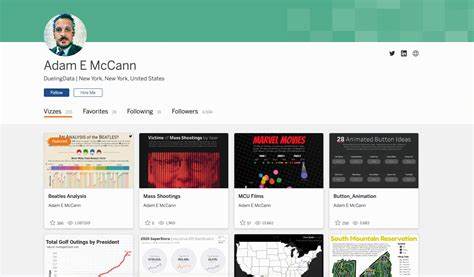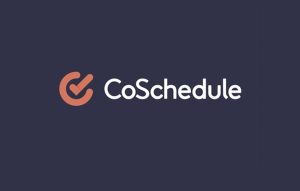Tableau Public is a free data visualization tool that allows users to create stunning and interactive data visualizations, and then share them with the world. It is a powerful platform that enables individuals, hobbyists, and professionals alike to explore, analyze, and communicate data in a visually compelling way.
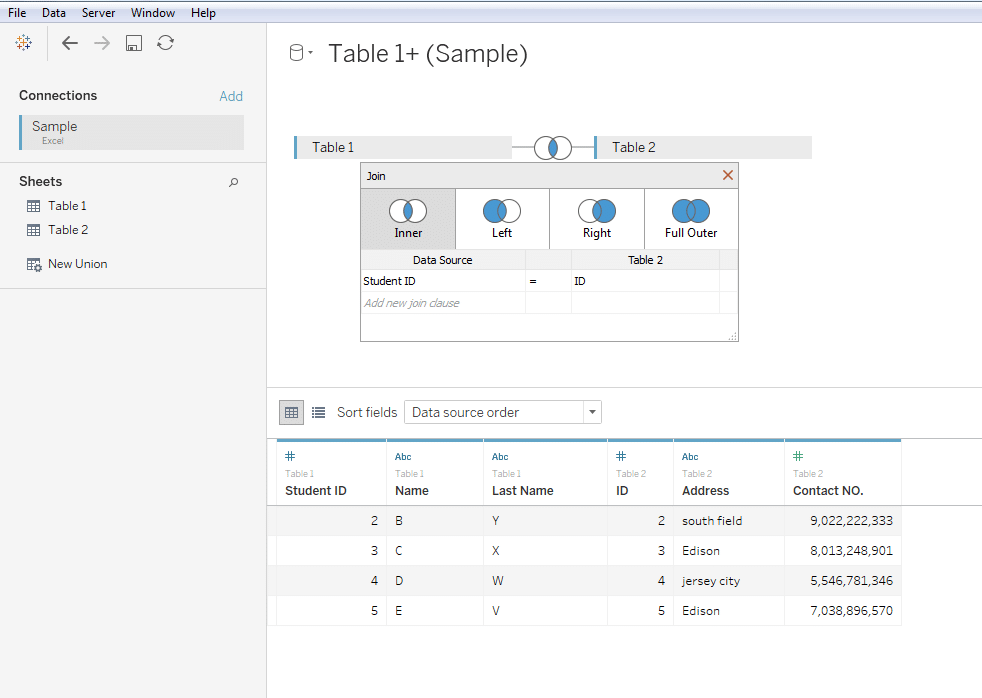
Table of Contents
The Power of Data Visualization
Data visualization plays a crucial role in our information-driven world. It transforms complex data into easily digestible and visually appealing formats, making it easier for people to understand and draw insights from data. Tableau Public harnesses the power of data visualization, empowering users to create engaging and informative dashboards, charts, and graphs that can effectively communicate their data stories.
Why Should You Join Tableau Public?
Joining Tableau Public offers a wealth of benefits for individuals looking to enhance their data analysis and visualization skills. Whether you’re a student, a professional, or simply someone interested in data, Tableau Public provides a platform to showcase your work, connect with a vibrant community, and further your personal and professional development.
Key Features and Benefits
Free Data Visualization Tool: No Cost to Use
One of the most significant advantages of Tableau Public is that it is a completely free data visualization tool. Users can access all of the platform’s features and functionalities without incurring any financial costs, making it an accessible resource for individuals from all walks of life.
Drag-and-Drop Interface: Easy to Use for Everyone
Tableau Public boasts a user-friendly, drag-and-drop interface that makes it easy for anyone, regardless of their technical expertise, to create stunning data visualizations. The intuitive design allows users to quickly connect to data sources, build interactive dashboards, and customize their visualizations to their liking.
Diverse Data Sources: Connect to Various Data Sources
Tableau Public supports a wide range of data sources, including spreadsheets, databases, cloud-based platforms, and more. This flexibility allows users to explore and visualize data from a variety of sources, empowering them to uncover insights and tell compelling data stories.
Interactive Visualizations: Create Engaging Dashboards
With Tableau Public, users can create highly interactive and engaging data visualizations, such as interactive charts, graphs, and dashboards. These visualizations can be designed to respond to user input, allowing viewers to explore and interact with the data in real-time.
Sharing and Collaboration: Share Your Work with the World
One of the unique features of Tableau Public is its ability to easily share your data visualizations with others. Users can publish their visualizations to the Tableau Public gallery, where they can be discovered and viewed by a global audience. This sharing and collaboration capabilities enable users to receive feedback, inspire others, and showcase their data analysis skills.
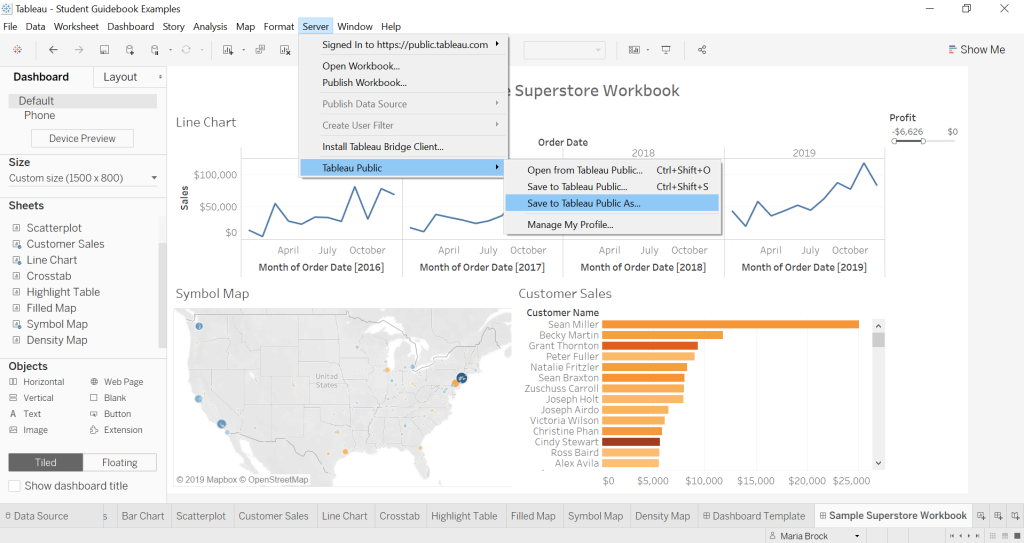
How to Get Started with Tableau Public
Creating a Free Account
To get started with Tableau Public, users need to create a free account on the Tableau Public website. The sign-up process is quick and straightforward, requiring only basic personal information and a valid email address.
Importing Data
Once you have created your account, you can begin importing data into Tableau Public. The platform supports a wide range of data formats, including Excel, CSV, Google Sheets, and more. Simply select the data source you want to use, and Tableau Public will guide you through the process of connecting and importing your data.
Building Your First Visualization
After importing your data, you can start building your first data visualization. Tableau Public offers a wide range of visualization types, including charts, maps, scatter plots, and more. The intuitive drag-and-drop interface makes it easy to experiment with different visualization types and customize them to your liking.
Customizing Visualizations
Tableau Public allows users to extensively customize their data visualizations, from changing the color scheme and typography to adding interactive features and annotations. This level of customization enables users to create unique and visually appealing visualizations that effectively communicate their data stories.
Sharing Your Work
Once you’ve created your data visualization, you can easily share it with others by publishing it to the Tableau Public gallery. This allows your work to be discovered and viewed by a global audience, potentially leading to valuable feedback, collaboration opportunities, and increased visibility for your data analysis skills.
Leveraging Tableau Public for Learning and Practice
Learning Data Visualization Concepts
Tableau Public is an excellent platform for learning and practicing data visualization concepts. The platform’s extensive resources, including tutorials, user guides, and community forums, can help users develop a strong understanding of best practices in data visualization, storytelling, and data analysis.
Building a Portfolio of Data Visualizations
By consistently using Tableau Public to create and share data visualizations, users can build a robust portfolio of their work. This portfolio can be used to showcase their data analysis and visualization skills, whether for educational, professional, or personal purposes.
Connecting with Other Data Enthusiasts
Tableau Public fosters a vibrant community of data enthusiasts, where users can connect with like-minded individuals, share their work, and learn from each other. Engaging with this community can be a valuable learning experience and can lead to new opportunities for collaboration and professional development.
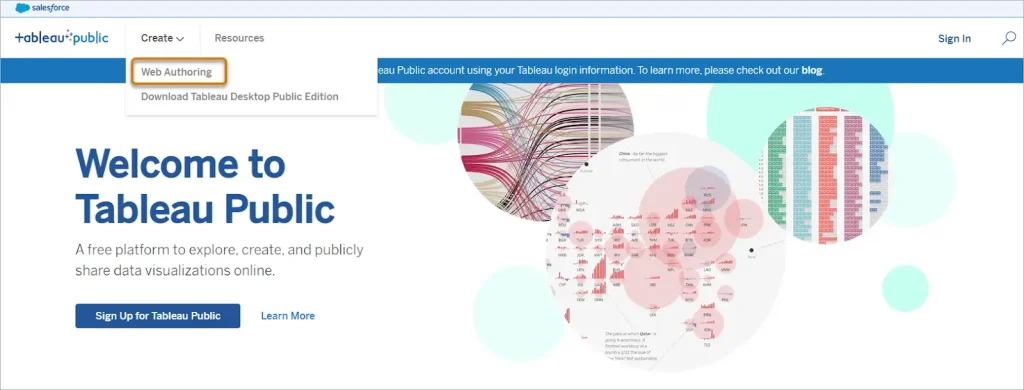
The Tableau Public Community
Engaging with Other Users
The Tableau Public community is a thriving ecosystem where users can interact with one another, share their work, and provide feedback. By engaging with other users, individuals can gain valuable insights, learn from their peers, and potentially even collaborate on data visualization projects.
Sharing and Receiving Feedback
The Tableau Public platform encourages users to share their data visualizations and receive feedback from the community. This feedback can be invaluable in helping users refine their work, identify areas for improvement, and learn from the experiences of others.
Learning from Experts and Peers
Within the Tableau Public community, users can connect with data visualization experts, industry professionals, and fellow enthusiasts. By learning from these individuals, users can expand their knowledge, stay up-to-date with the latest trends and best practices, and continually improve their data analysis and visualization skills.
Using Tableau Public for Professional Development
Showcasing Your Data Analysis Skills
By creating and sharing high-quality data visualizations on Tableau Public, users can showcase their data analysis skills to potential employers, clients, or collaborators. This can be particularly valuable for individuals looking to build a strong online presence and demonstrate their expertise in data-driven problem-solving.
Networking with Industry Professionals
The Tableau Public community provides a platform for users to connect with industry professionals, potentially leading to new job opportunities, mentorship programs, or collaborative projects. By engaging with the community and sharing your work, you can expand your professional network and further your career development.
Building a Strong Online Presence
Maintaining an active presence on Tableau Public can help individuals build a strong online reputation as data enthusiasts and experts. This can be beneficial for those seeking to establish themselves as thought leaders in the field of data visualization and analysis.
Best Practices for Using Tableau Public
Effective Data Cleaning and Preparation
Before creating data visualizations, it’s crucial to ensure that your data is clean, accurate, and well-organized. Tableau Public provides tools and features to help users clean and prepare their data, ensuring that their visualizations are based on reliable information.
Choosing the Right Visualizations
Tableau Public offers a wide range of visualization types, and it’s important to choose the right ones to effectively communicate your data story. Users should consider the nature of their data, the audience they’re targeting, and the insights they want to convey when selecting the appropriate visualization types.
Telling a Story with Data
Effective data visualization goes beyond simply displaying data; it involves telling a compelling story. Tableau Public users should focus on creating visualizations that guide the viewer through the data, highlighting key insights and trends in a way that is engaging and easy to understand.
Optimizing Visualizations for Mobile Devices
As more and more people consume content on mobile devices, it’s essential to ensure that your Tableau Public visualizations are optimized for smaller screens. This may involve adjusting the layout, typography, and interactive elements to ensure a seamless and responsive user experience.
Limitations of Tableau Public
Data Privacy and Security Considerations
While Tableau Public is a powerful data visualization tool, users should be mindful of data privacy and security concerns. The platform is designed for sharing publicly, so users should exercise caution when working with sensitive or proprietary data.
Limited Data Storage and Processing Power
Tableau Public is a free platform, and as such, it has limitations in terms of data storage and processing power. Users working with large or complex datasets may encounter performance issues, and may need to explore paid Tableau options or alternative data visualization tools.
Potential for Overcrowding
With the growing popularity of Tableau Public, the platform’s gallery can become crowded with visualizations. This can make it challenging for users to stand out and have their work discovered, emphasizing the importance of creating high-quality, visually striking data visualizations.
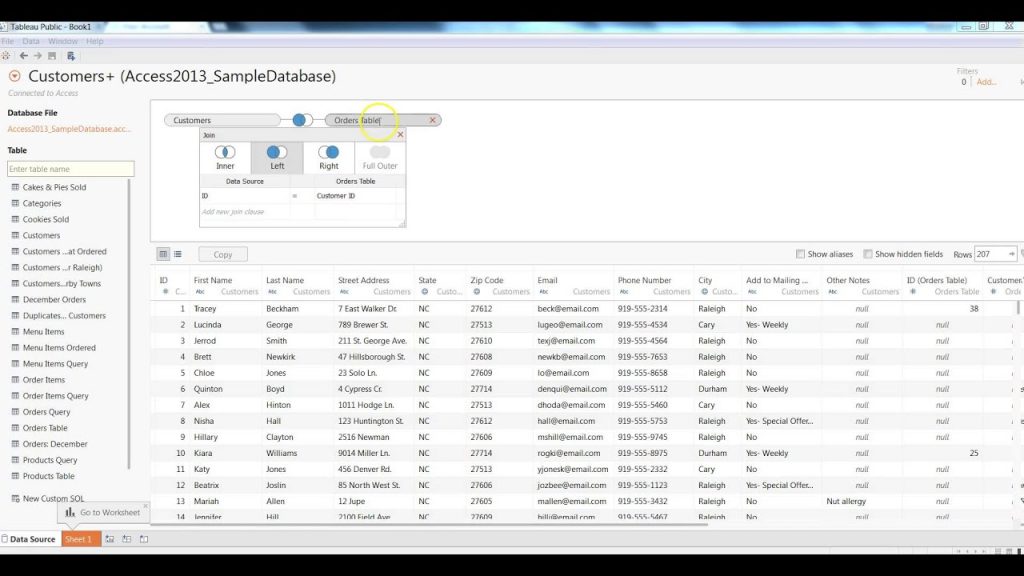
The Future of Tableau Public
Emerging Trends in Data Visualization
As data visualization continues to evolve, Tableau Public is likely to incorporate new features and capabilities to keep pace with the latest trends. This may include advancements in areas such as interactive storytelling, artificial intelligence-powered insights, and enhanced mobile support.
Potential Future Developments for Tableau Public
While the core functionality of Tableau Public is likely to remain free, the platform may introduce new premium features or services in the future, catering to the needs of both individual users and organizations. Additionally, Tableau may explore opportunities to further integrate Tableau Public with its enterprise-level offerings, providing a seamless experience for users who wish to transition from the free platform to more advanced data visualization solutions.
Get Started with Tableau Public
To get started with Tableau Public, simply visit the Tableau Public website and click on the “Sign Up” button to create a free account. Once you’ve completed the registration process, you can begin importing your data, building data visualizations, and sharing your work with the global Tableau Public community.
Frequently Asked Questions (FAQs)
Q: Is Tableau Public completely free to use?
A: Yes, Tableau Public is a completely free data visualization tool. Users can access all of the platform’s features and functionalities without any subscription or usage fees.
Q: Can I use Tableau Public for commercial purposes?
A: Tableau Public is primarily designed for personal, educational, and non-commercial use. While users can share their visualizations publicly, the platform’s terms of service restrict the use of Tableau Public for commercial or business-related activities.
Q: How do I publish my Tableau Public visualizations?
A: To publish your Tableau Public visualizations, simply click the “Publish” button within the platform. This will upload your work to the Tableau Public gallery, where it can be discovered and viewed by others.
Q: Can I use Tableau Public to work with sensitive or proprietary data?
A: Tableau Public is designed for sharing data publicly, so it is not recommended to use the platform for working with sensitive or proprietary data. Users should exercise caution and consider the privacy and security implications before publishing any visualizations.
Q: Is there a limit to the amount of data I can work with in Tableau Public?
A: Tableau Public has certain limitations in terms of data storage and processing power, as it is a free platform. Users working with large or complex datasets may encounter performance issues and may need to explore alternative data visualization solutions.
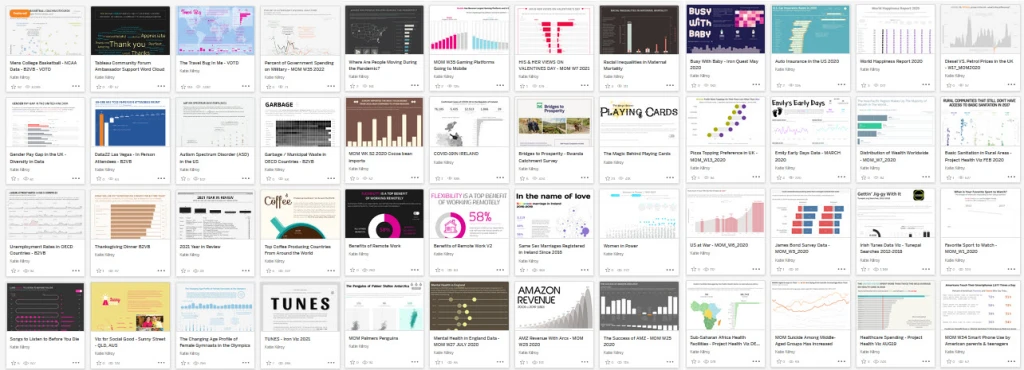
Conclusion
Tableau Public is a powerful and free data visualization tool that offers a wealth of benefits for individuals looking to enhance their data analysis and storytelling skills. From its user-friendly interface to its robust community of data enthusiasts, Tableau Public provides an accessible platform for users to create, share, and learn from one another.
Whether you’re a student, a professional, or simply someone with a passion for data, joining Tableau Public can be a transformative experience. By leveraging the platform’s features and opportunities, you can develop your data visualization expertise, build a strong online presence, and potentially even further your career aspirations.
So, if you’re ready to take your data visualization skills to the next level, sign up for a free Tableau Public account and start exploring the power of data storytelling today.

